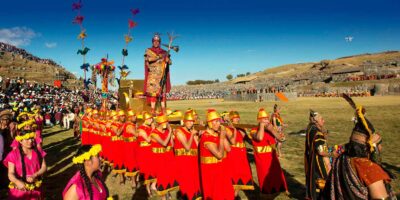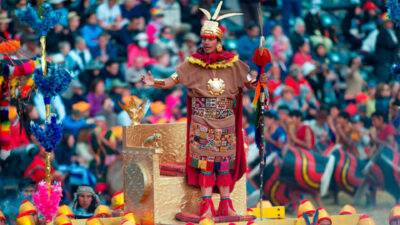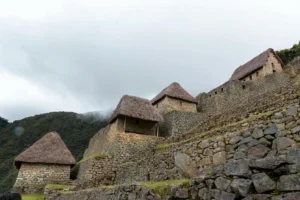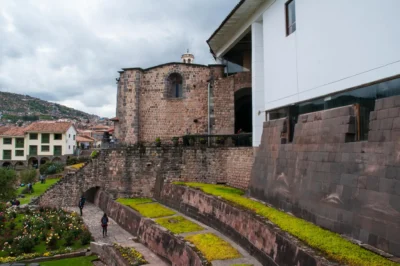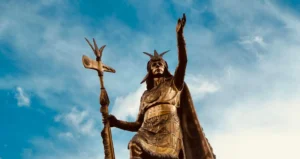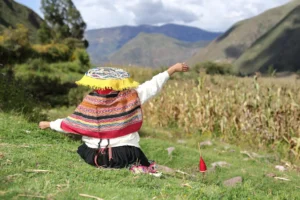The Tahuantinsuyo, or Inca Empire, was one of the largest empires in the Americas, ruled by 14 Incas. Its expansion and organization were key to its success, from Manco Cápac, the first Inca, to Atahualpa, the last, who witnessed the fall of the empire at the hands of the Spanish conquistadors.
The Incas managed to consolidate a vast territory with advanced infrastructure, roads, and efficient labor administration. Each of these Incas played a fundamental role in building a culture that left a lasting legacy in the history of the Americas. Here, we will detail more about the Incas.
Origin and Foundation of Tahuantinsuyo
- The organization of the Incas and their ability to integrate diverse peoples were fundamental to the expansion and consolidation of Tahuantinsuyo.
- Tahuantinsuyo, which means “the four united regions” in Quechua, was founded around the 13th century.
- The empire expanded across what are now Peru, Bolivia, Ecuador, Colombia, Chile, and Argentina.
- Its origin is surrounded by myths and legends that reflect the Andean worldview and the importance of Cusco as the center of the world.
- The empire began as a small state in the Cusco Valley and grew thanks to an advanced political and social system.
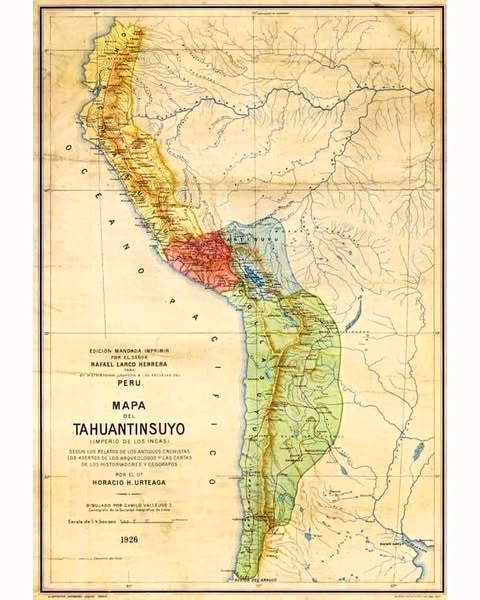
Historical and Cultural Context Before the Formation of the Empire
Before the formation of Tahuantinsuyo, various cultures existed in the Andes, such as Caral, Chavín, Nazca, Moche, and Tiahuanaco. These civilizations developed advances in agriculture, engineering, astronomy, and social organization, laying the foundation for the future empire. They also created trade networks and technologies like irrigation systems that fostered the growth of their societies.
The Incas leveraged and adapted the knowledge of these cultures, using their innovations to rapidly consolidate a powerful empire. With an efficient government system and solid military organization, the Incas expanded their territory and established Tahuantinsuyo on the achievements of previous Andean civilizations.
Legends and Myths About the Foundation of Tahuantinsuyo
The origin of Tahuantinsuyo, or the Inca Empire, is shrouded in myths that reflect the Andean worldview and the Incas’ connection with their gods. Two main legends narrate the foundation of the empire:
Legend of Manco Cápac and Mama Ocllo
According to this legend, the sun god Inti sent his children, Manco Cápac and Mama Ocllo, to civilize the Andean peoples. Emerging from Lake Titicaca, they arrived in the Cusco region, where they founded the city and established the foundations of Inca society. Manco Cápac became the first Sapa Inca, consolidating the power of the dynasty.
Legend of the Ayar Brothers
Another mythical version tells of four brothers, known as the Ayar Brothers, who emerged from a cave on Mount Tampotoco. Each, accompanied by his sister, set out in different directions. After various trials and transformations, Ayar Manco and Mama Ocllo reached Cusco, where they founded the empire.
These legends not only explain the origin of Tahuantinsuyo but also reflect the deep relationship of the Incas with the sun and nature, fundamental elements in their worldview and social organization.
The Hurin Cusco Dynasty: The First Incas
The Hurin Cusco dynasty is the first line of Inca rulers, which laid the foundations of Tahuantinsuyo in the Cusco region. During this period, the early Incas focused on consolidating power in their territory, expanding it, and organizing society for what would become the future empire.
Manco Cápac
Manco Cápac is considered the mythical founder of Tahuantinsuyo. According to legend, he was sent by Inti, the sun god, to civilize the Andean peoples. He is credited with founding Cusco, where he established the first foundations of social organization, agriculture, and religion. His rule focused on creating a system of governance and organization that would later serve as a model for his successors.
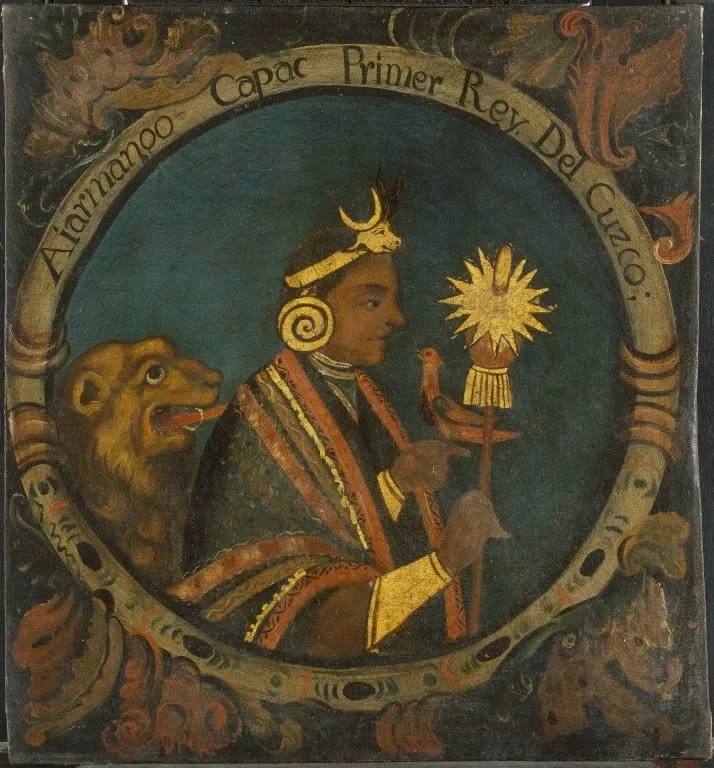
Sinchi Roca
Sinchi Roca was the second Inca ruler and is recognized for expanding the empire’s influence around Cusco. Unlike his father, Manco Cápac, his rule was characterized by being peaceful and focused on consolidating power in the region. Although his reign did not include significant military conquests, he laid the groundwork for the Incas’ territorial expansion to nearby peoples.
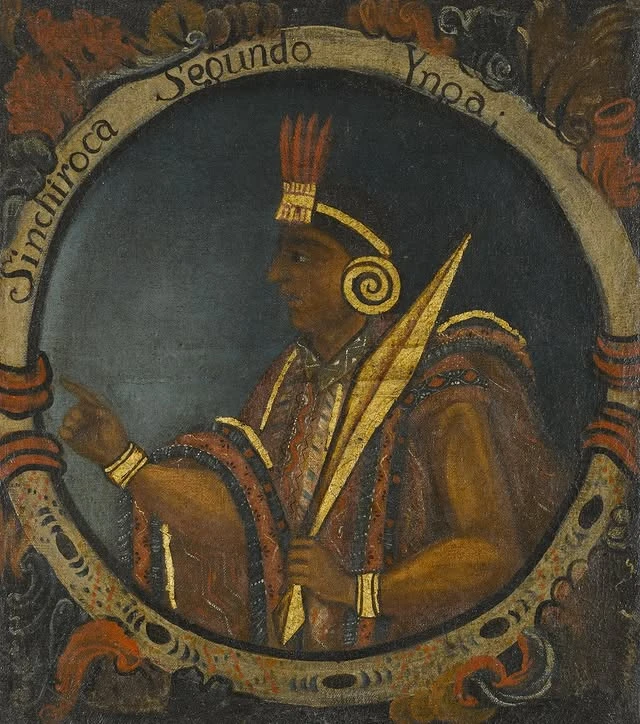
Lloque Yupanqui
Lloque Yupanqui, the third Inca, continued consolidating Inca power and strengthening social organization. During his reign, he focused on reinforcing the religious structure by expanding the worship of Inti, the sun god. He also promoted the construction of temples and the improvement of Cusco’s religious infrastructure, which would become the spiritual center of the empire.
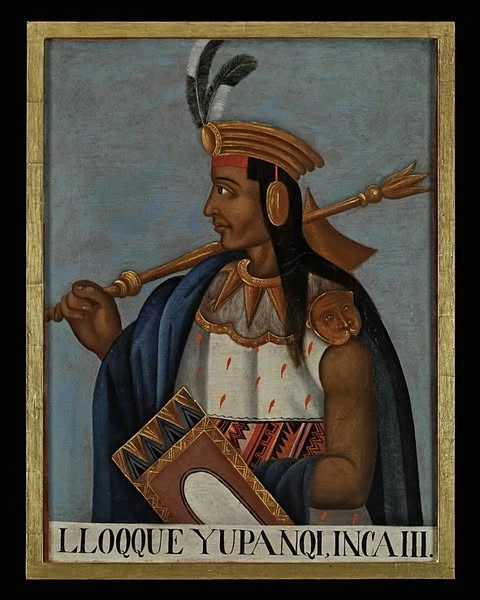
Mayta Cápac
Mayta Cápac was a military leader who carried out several expeditions to expand Inca territory. Under his rule, an efficient army was organized, allowing Tahuantinsuyo to subdue neighboring tribes and extend its domain. Additionally, Mayta Cápac excelled in improving military strategies, solidifying the Incas as a feared force in the Andean region.
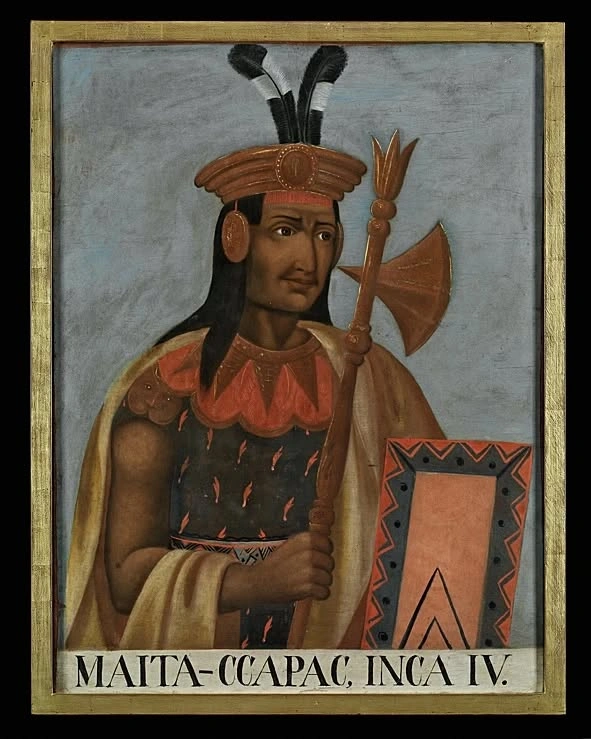
Cápac Yupanqui
Cápac Yupanqui was the last ruler of the Hurin Cusco dynasty and, like his predecessor, also sought to expand Inca territory. During his reign, he faced several internal conflicts that reflected the need to reorganize power. Despite the challenges, he managed to consolidate Inca hegemony in the Cusco region, laying the groundwork for the following dynasties.
This dynasty marked the initial steps in the formation of the Inca Empire, establishing the political, religious, and social foundations that would eventually shape one of the largest empires in the Americas.
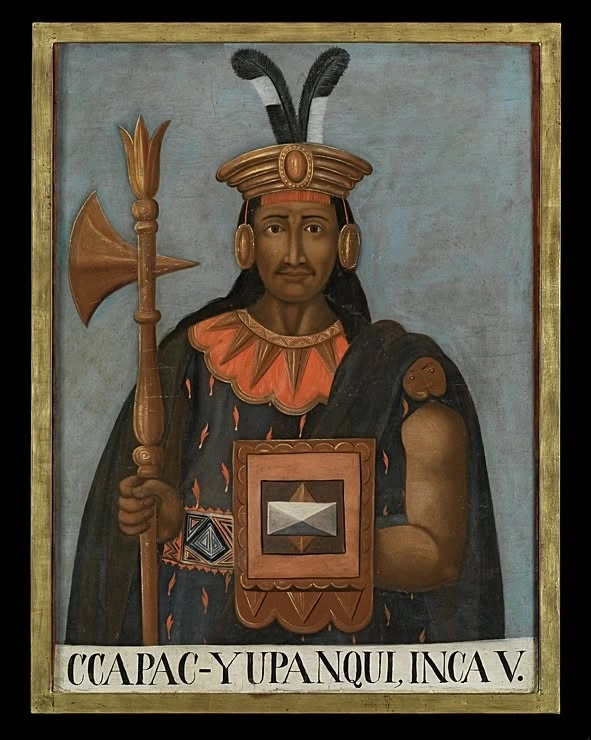
The Hanan Cusco Dynasty: Expansion and Consolidation
The Hanan Cusco dynasty is the second line of rulers of Tahuantinsuyo and is remembered for its key role in the expansion and consolidation of the empire. During this period, the Incas managed to extend their domain and establish a political, social, and administrative system that allowed them to govern a vast territory.
Inca Roca
Inca Roca was the first ruler of the Hanan Cusco dynasty. Under his leadership, the Incas consolidated their power in Cusco through political and military alliances. He also introduced social reforms that strengthened the internal organization of the empire and enabled territorial expansion into nearby regions.
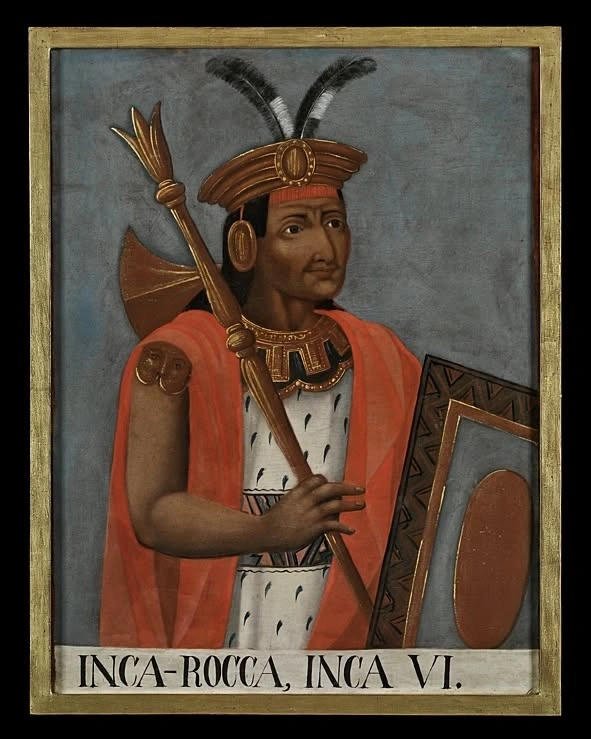
Yahuar Huácac
Yahuar Huácac, known for the legend of his childhood abduction, had a reign marked by internal conflicts. Despite political struggles and challenges, he managed to maintain stability in Cusco and defend the territory from foreign invasions, preserving the power of the dynasty.
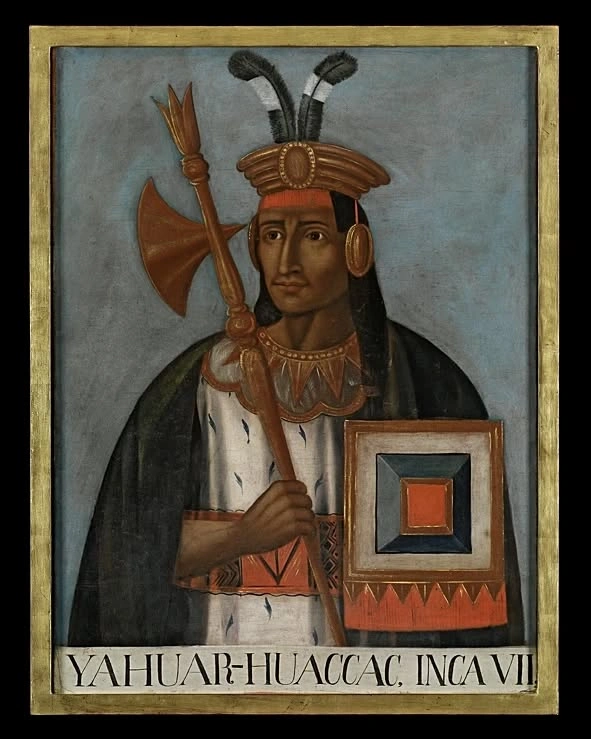
Huiracocha Inca
Huiracocha Inca was a ruler known for his peacemaking abilities. He expanded Inca dominance through strategic alliances and peace treaties, allowing Tahuantinsuyo to grow without major military confrontations. His reign consolidated Cusco’s influence throughout the Andean region.
Pachacútec Inca Yupanqui
Pachacútec is considered one of the greatest and most visionary Incas. During his reign, Tahuantinsuyo achieved unprecedented expansion, incorporating vast territories. Cusco was transformed into a monumental city, and an efficient administrative system was established, enabling the governance of an extensive and diverse empire. His political and social organization laid the foundation for the rise of Tahuantinsuyo.
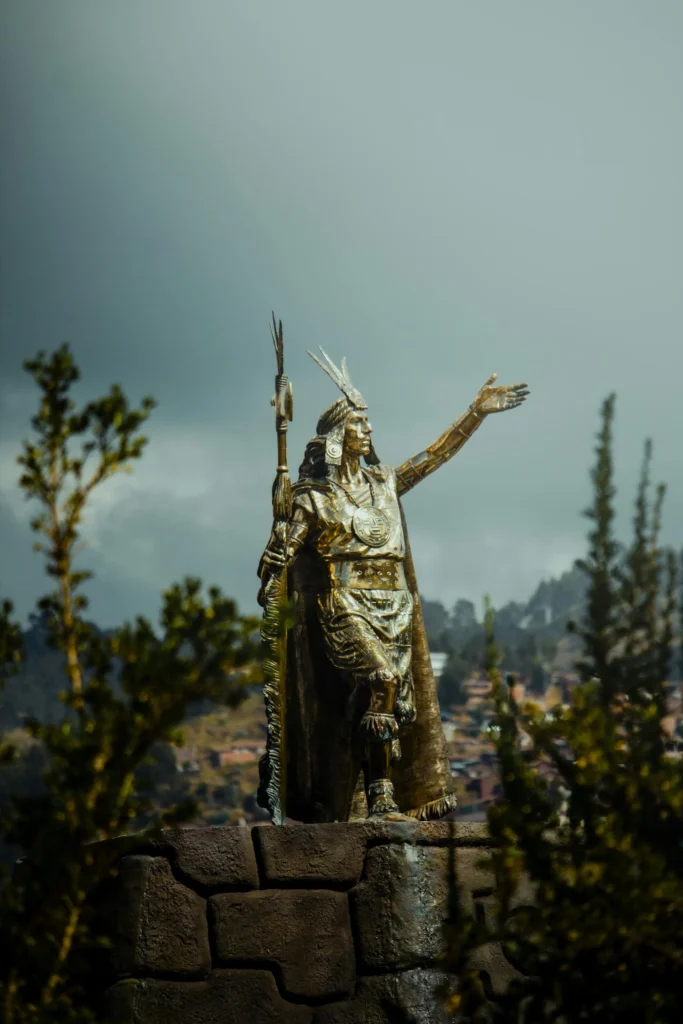
Amaru Inca Yupanqui
Amaru Inca Yupanqui, son of Pachacútec, was designated as his successor, but his reign was marked by instability. He was unable to continue his father’s legacy of expansion. His short rule created uncertainty, leading Pachacútec to transfer power to his brother, Túpac Inca Yupanqui.
Túpac Inca Yupanqui
Túpac Inca Yupanqui continued the expansion of the empire initiated by his father. Conquering the north and south allowed Tahuantinsuyo to reach its greatest territorial extent. Túpac Inca Yupanqui consolidated the reforms established by Pachacútec and strengthened the military and administrative systems of the empire.
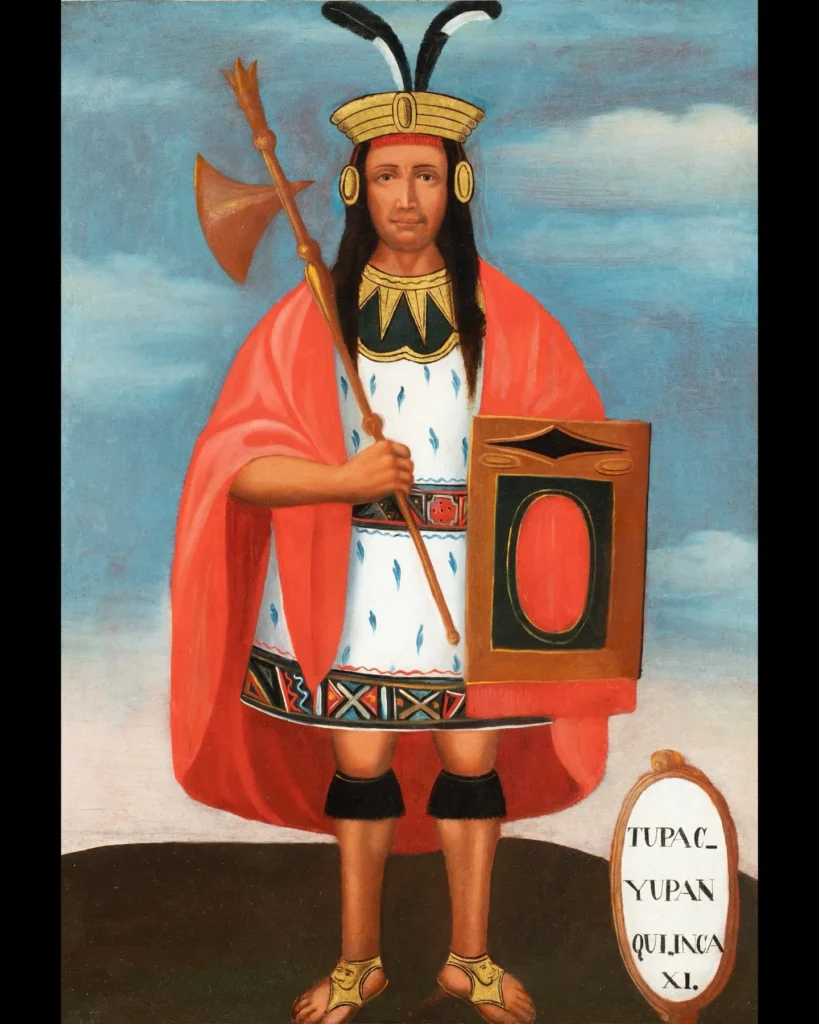
Huayna Cápac
Huayna Cápac was one of the last great rulers of Tahuantinsuyo, achieving the empire’s greatest expansion by incorporating territories in Ecuador and Colombia. His reign, however, was disrupted by an epidemic that decimated the Inca population and created succession problems that affected the stability of the empire.
Huáscar
Huáscar, son of Huayna Cápac, assumed the throne after his father’s death. However, his reign was marked by a fierce succession conflict with his brother Atahualpa, leading to a civil war that severely weakened Tahuantinsuyo and left the empire vulnerable to the conquistadors.
Atahualpa
Atahualpa, after defeating his brother Huáscar, became the last ruler of the Inca Empire. His reign was brief, as the Spanish conquistadors arrived in Cusco and captured him, executing him in 1533. Atahualpa’s fall marked the end of Tahuantinsuyo and the beginning of Spanish colonization in South America.
The Hanan Cusco dynasty was crucial in consolidating the empire, not only through territorial conquests but also through political, social, and military reforms that allowed Tahuantinsuyo to flourish and establish itself as one of the largest empires in the Americas.
The Inca Civil War: Huáscar and Atahualpa
The civil war between Huáscar and Atahualpa was one of the most tragic episodes in the history of Tahuantinsuyo, as it significantly weakened the empire, paving the way for the arrival of the Spanish conquistadors. This conflict arose from the dispute over succession to the throne following the death of Huayna Cápac, the last great Inca ruler, and reflected deep divisions within the political and territorial structure of the empire.
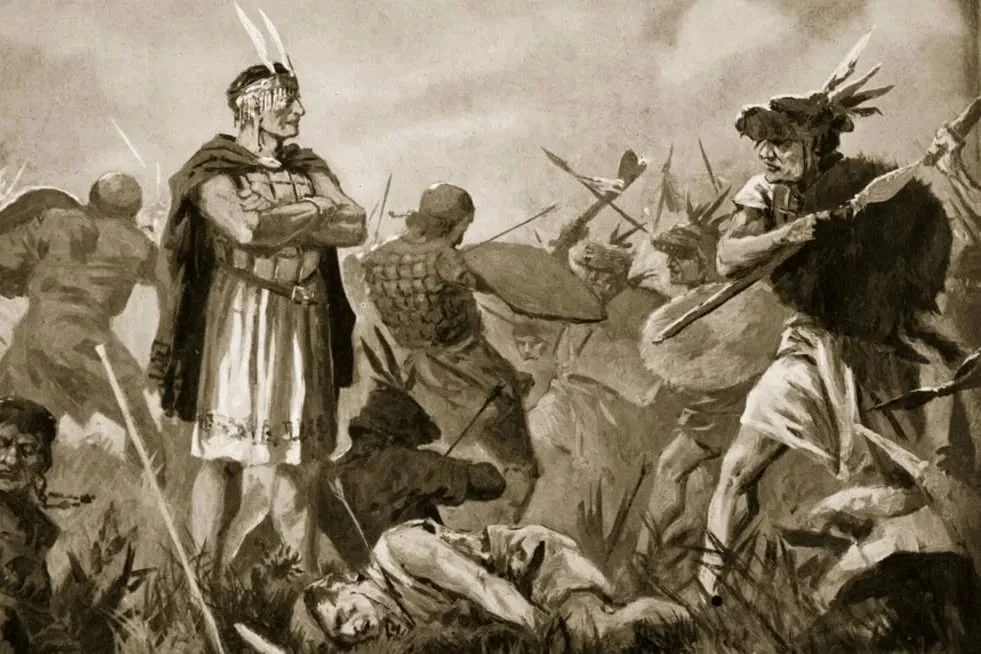
Causes and Development of the Conflict Between Huáscar and Atahualpa
- Weakening of the Empire: The prolonged civil war caused Tahuantinsuyo to lose stability, making it easier for the Spanish conquest, which exploited internal divisions to attack the Inca Empire.
- Lack of a Clear Succession System: After Huayna Cápac’s death, there was no defined mechanism to determine his successor, leading to a dispute between Huayna Cápac’s legitimate sons, Huáscar and Atahualpa.
- Territorial Dispute: Huáscar settled in Cusco, while Atahualpa consolidated his power in the north, in Quito. This territorial division heightened the rivalry between the two brothers.
- Tension Over Centralized Power: Huáscar, as the legitimate emperor, attempted to centralize power in Cusco, while Atahualpa rejected his authority and sought to maintain his autonomy in the north.
- Military Conflicts: The civil war intensified as both sides fought for control of the empire, weakening Inca political and military structures.
Impact of the Civil War on the Arrival of the Spanish Conquistadors
The civil war between Huáscar and Atahualpa had a decisive impact on the fall of Tahuantinsuyo. Internal division and the weakening of the Inca armies left the empire vulnerable, facilitating the arrival of the Spanish conquistadors led by Francisco Pizarro. While the brothers fought for power, the Spanish exploited the instability to advance toward the heart of the empire. The capture and subsequent execution of Atahualpa in 1533 was the final blow that collapsed the Inca Empire, marking the end of Tahuantinsuyo and the beginning of Spanish colonization in the Americas.
In conclusion, the 14 Incas of Tahuantinsuyo were key figures in the construction and expansion of one of the largest empires in the Americas. From Manco Cápac to Atahualpa, each ruler contributed to consolidating a vast territory with an advanced political, social, and military structure. However, the lack of a clear succession system and internal struggles, such as the civil war between Huáscar and Atahualpa, weakened the empire and facilitated its fall to the Spanish conquistadors. The legacy of the Incas, though interrupted, remains fundamental to the history of the Americas.
